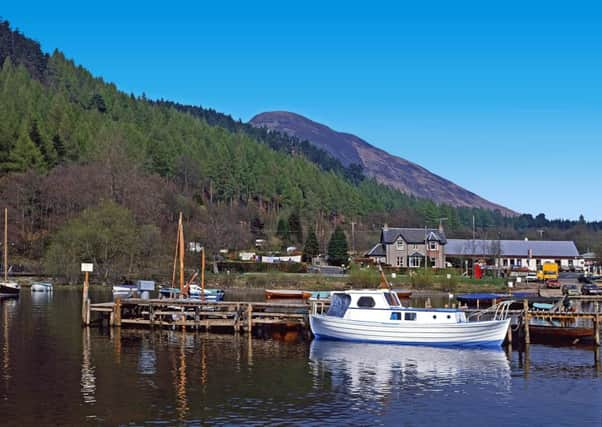Leader comment: Don't dismiss national park homes


Surely there must be other places to build houses other than near Balmaha, the picturesque village on the shores of Loch Lomond?
Professor Dino Jaroszynski, chairman of Balmaha Biodiversity Community Action Group, has listed the rare and protected species which could be threatened by such a development. Villagers have joined forces to protect the woodland site earmarked for the development.
Advertisement
Hide AdAdvertisement
Hide AdOn the face of it, this seems an open and shut case. Do we really need more houses, and in such a location? Yet part of what Scotland has always been about is having people living in tight-knit communities in our more remote areas, as well as in towns and cities.
There is much to be said for having sustainable populations in remote parts of the country, with young families with children keeping the local schools open and creating a thriving community spirt to keep the land alive for generations to come.
The proposal by Rural Stirling Housing Association, which provides houses for rent and low-cost ownership, for 22 houses in Loch Lomond and Trossachs National Park, should not be dismissed out of hand.
It is wrong to automatically decide that no houses should be built in a national park.
Maybe there is a place for such developments adjacent to the West Highland Way, which is 96 miles long, as long as it is sensitively done.